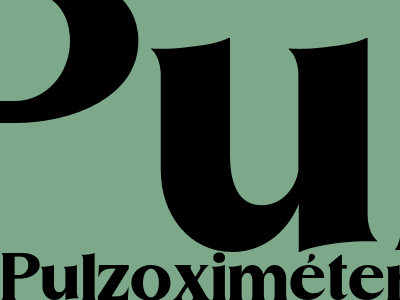Pulzoximéter: Practical Applications to Improve Healthcare
Introduction
Pulzoximeters are non-invasive medical devices used to measure the oxygen saturation level of arterial blood (SpO2) and pulse rate. They play a crucial role in monitoring patient health, particularly in critical care settings, and have gained popularity in home healthcare and personal wellness.
Principle and Operation
Pulzoximeters utilize a simple principle of light absorption to determine oxygen saturation levels. They emit two wavelengths of light, typically red and infrared, through a finger or earlobe. The amount of light absorbed by oxygenated and non-oxygenated hemoglobin differs, allowing the device to calculate the percentage of oxygen-carrying red blood cells.
Applications in Healthcare
1. Monitoring During Surgery and Critical Care:
Pulzoximeters provide real-time monitoring of oxygen saturation during surgeries and in critical care units, allowing medical professionals to promptly intervene in case of oxygen desaturation or hypoxia.
2. Respiratory Disorders:
Pulzoximeters help diagnose and monitor respiratory conditions, such as pneumonia, chronic obstructive pulmonary disease (COPD), and asthma. They provide valuable information on oxygenation levels, especially during episodes of dyspnea or respiratory distress.
3. Anesthesia Management:
Pulzoximeters provide continuous monitoring of oxygen saturation levels during anesthesia administration, ensuring adequate oxygenation during surgical procedures.
4. Home Healthcare:
Home healthcare providers use pulzoximeters to monitor patients with chronic respiratory conditions or those undergoing home oxygen therapy. They enable remote monitoring, allowing timely interventions if oxygen levels drop.
5. Personal Wellness:
Individuals with active lifestyles or those at risk for respiratory issues can use personal pulzoximeters to track their oxygen saturation levels. This provides insights into their fitness levels and helps them make informed decisions about their health and activities.
Accuracy and Limitations
Pulzoximeters generally provide accurate measurements in most clinical settings. However, certain factors can affect their accuracy, such as: - Nail polish or artificial nails - Poor circulation - Motion or tremors - Skin pigmentation - Presence of carboxyhemoglobin or methemoglobin
Conclusion
Pulzoximeters are indispensable tools in healthcare, providing valuable information about oxygen saturation levels and pulse rate. Their use in hospitals, clinics, home healthcare, and personal wellness settings has significantly improved patient care and monitoring. By understanding the principles of operation, applications, and limitations of pulzoximeters, healthcare professionals and individuals can effectively utilize these devices to optimize health outcomes.

Pulzoximéter
Comments